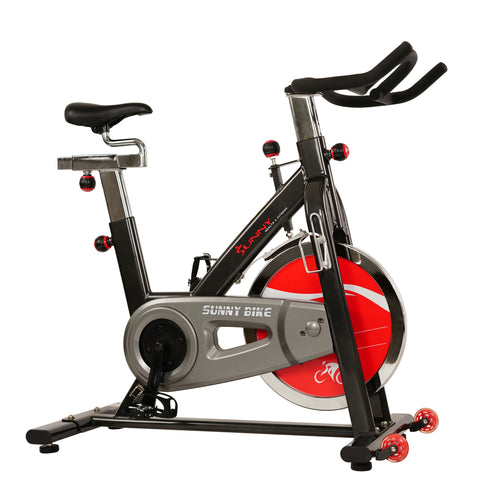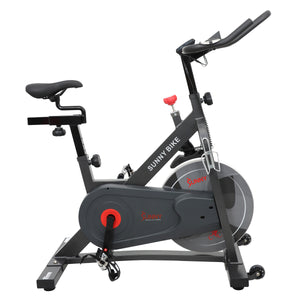If you have used exercise bikes, you might have notice that the handlebars can be in different shapes and sizes. You may have also noticed that the hand positions utilized during workouts can change. So, what is the purpose of these different hand positions? Does it even matter? The short answer is yes, it does matter. And the purpose is to ensure optimal performance and positioning based on your goals for each riding workout.
Depending on the type of riding you do, the shape of your handle bars and your hand position can vary significantly. This can also cause a large shift in your body’s position on the bike while riding.
Here are four primary hand positions most commonly used on exercise bikes:
Overhand Grip
This is typically the most common and comfortable position for riders. It feels safe and secure, while allowing you to maintain an upright torso position. This is a good position for building general riding strength and stamina, providing stability, and building endurance and leg speed.
Hook Grip
This position offers similar benefits to the overhand grip, but it provides a significant angle variation in the wrist to fit comfort needs and limit positional related tension pain for riders.
Extended Grip
The extended grip is most suitable for climbing and sprinting workouts. It puts the rider in a position where strength and stamina can be trained at higher levels of resistance while positioning the body in a safe a secure form. Make sure you do not perform this grip in the seated position, as this could put you at risk for developing back pain.
Aero Grip
While this position provides outdoor riders with maximum drag reduction, it does little for the indoor cyclist. It’s important to note that the aero position requires a significant amount of flexibility. If this position feels uncomfortable at first, raise your handle bars and slowly lower them down until your flexibility increases.
Here Are a Few More Tips to Help You Improve Your Riding.
- If a position is uncomfortable, try a different one until you can comfortably ride for an extended period. There’s no getting around the fact your body needs time to adapt to a new position.
- Vary your grip to prevent possible pain and injury from riding for long periods in one position.
- Stay loose on the grips so that you’re not leaning on them. Your grip should be firm enough to keep your balance without leaning heavily on your handlebars.


























Add Your Name & Email
Please enter your name and email to continue.We won’t display your email publicly.